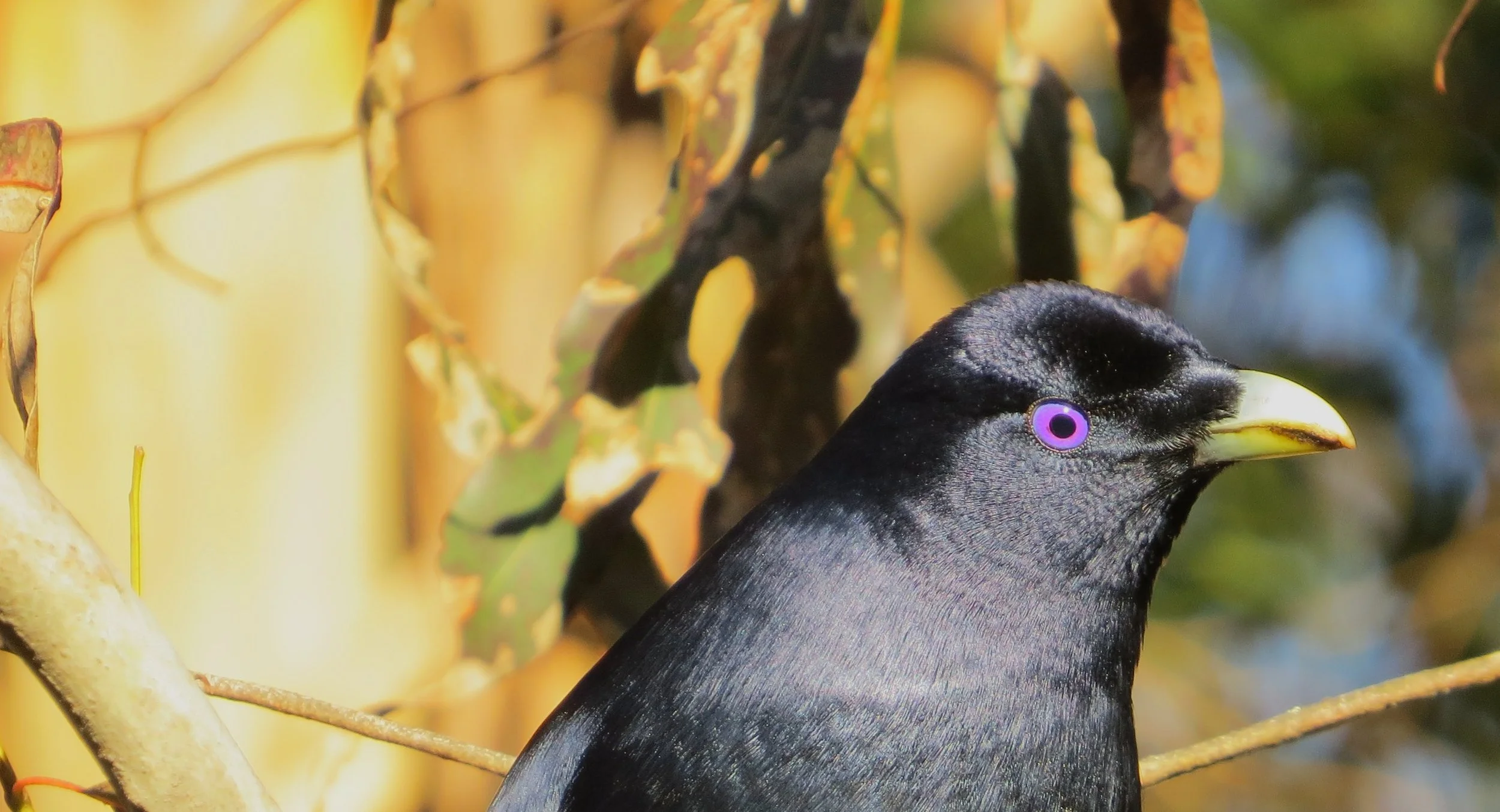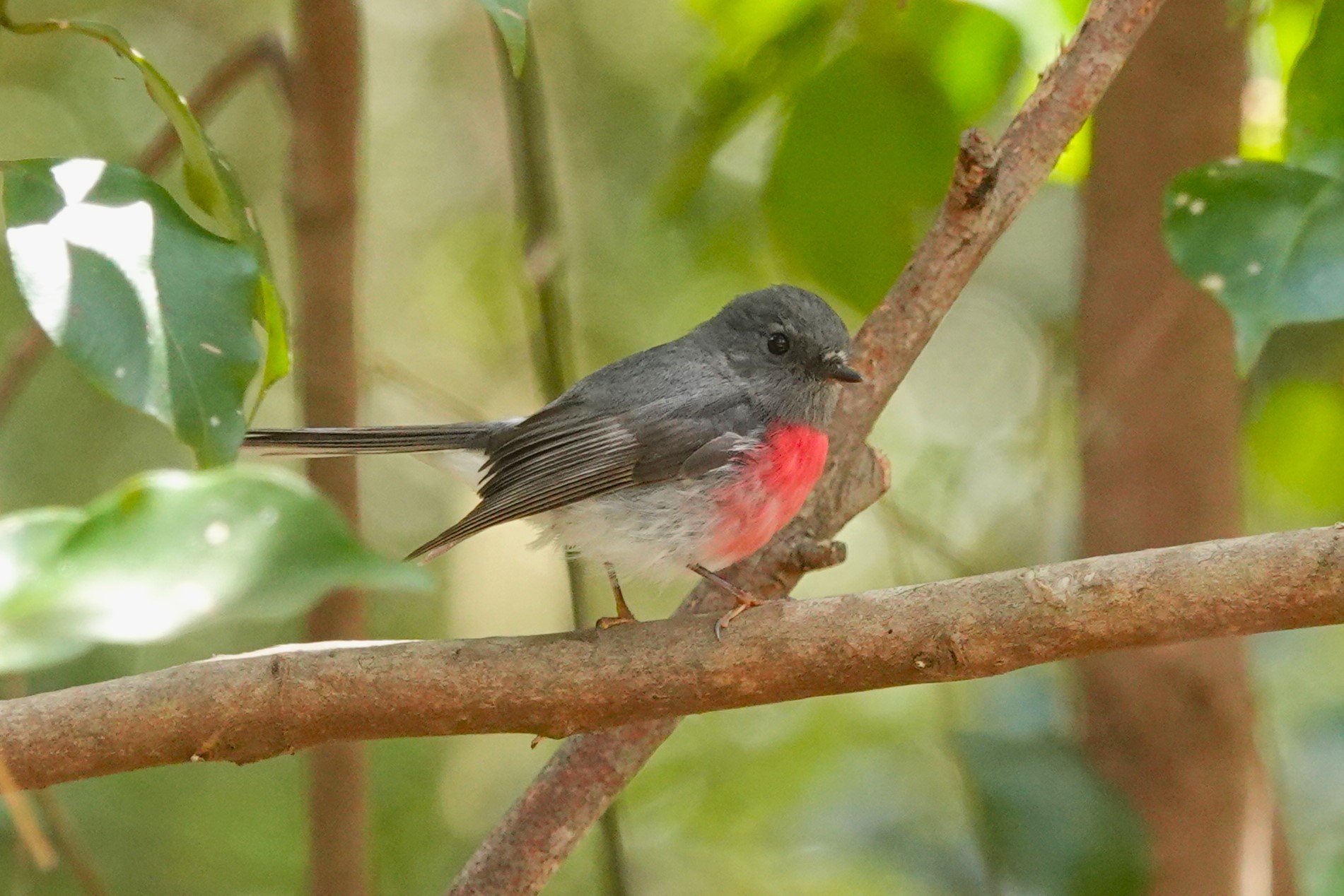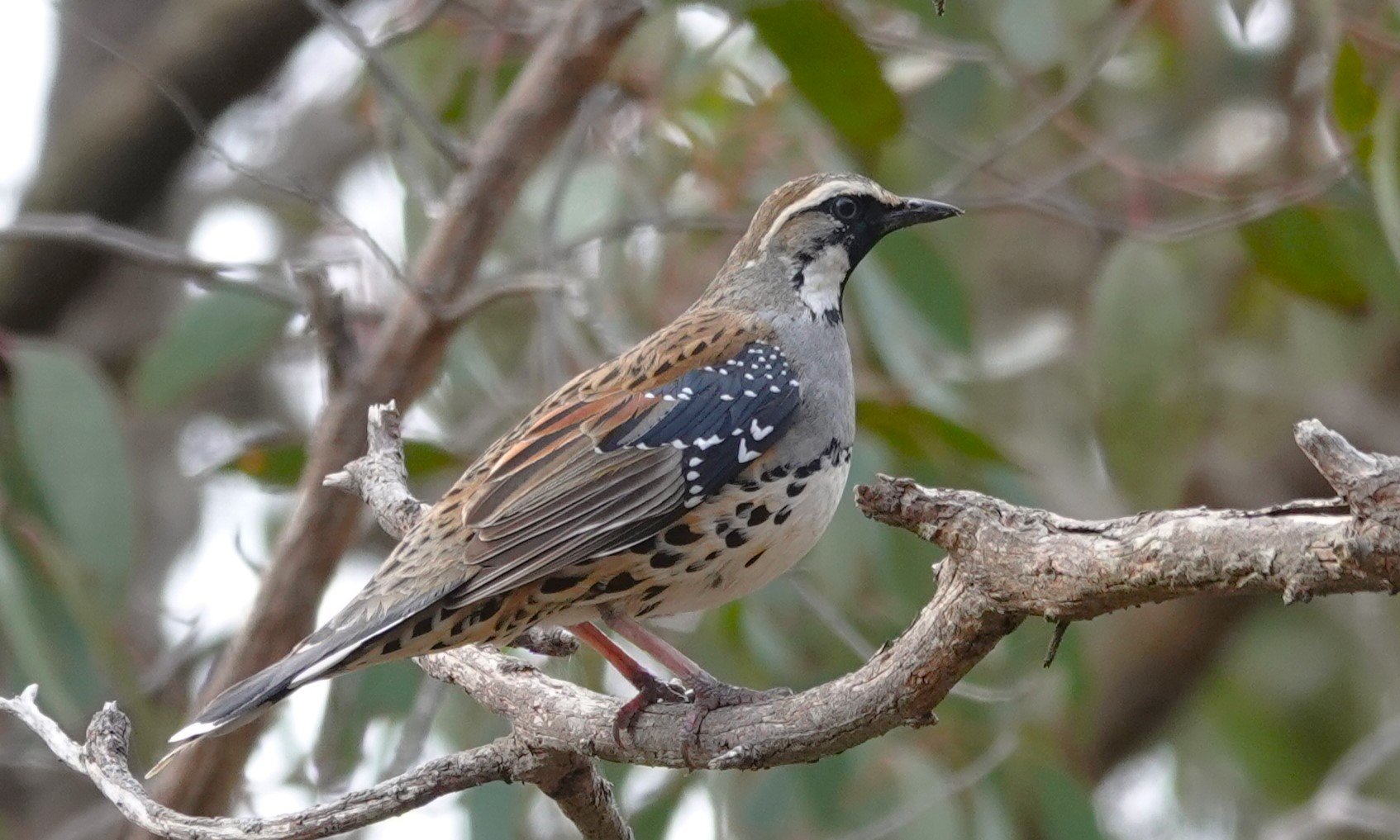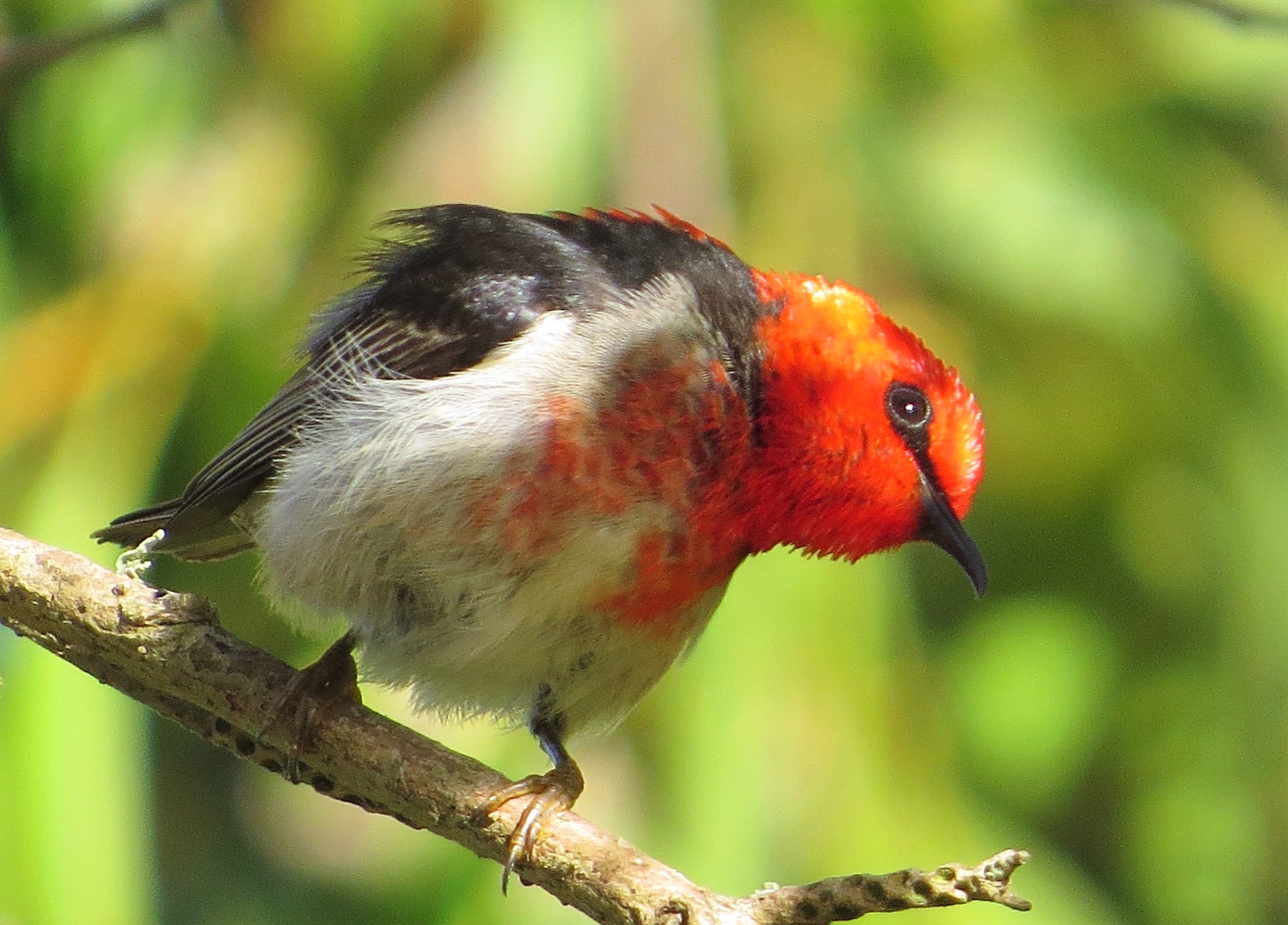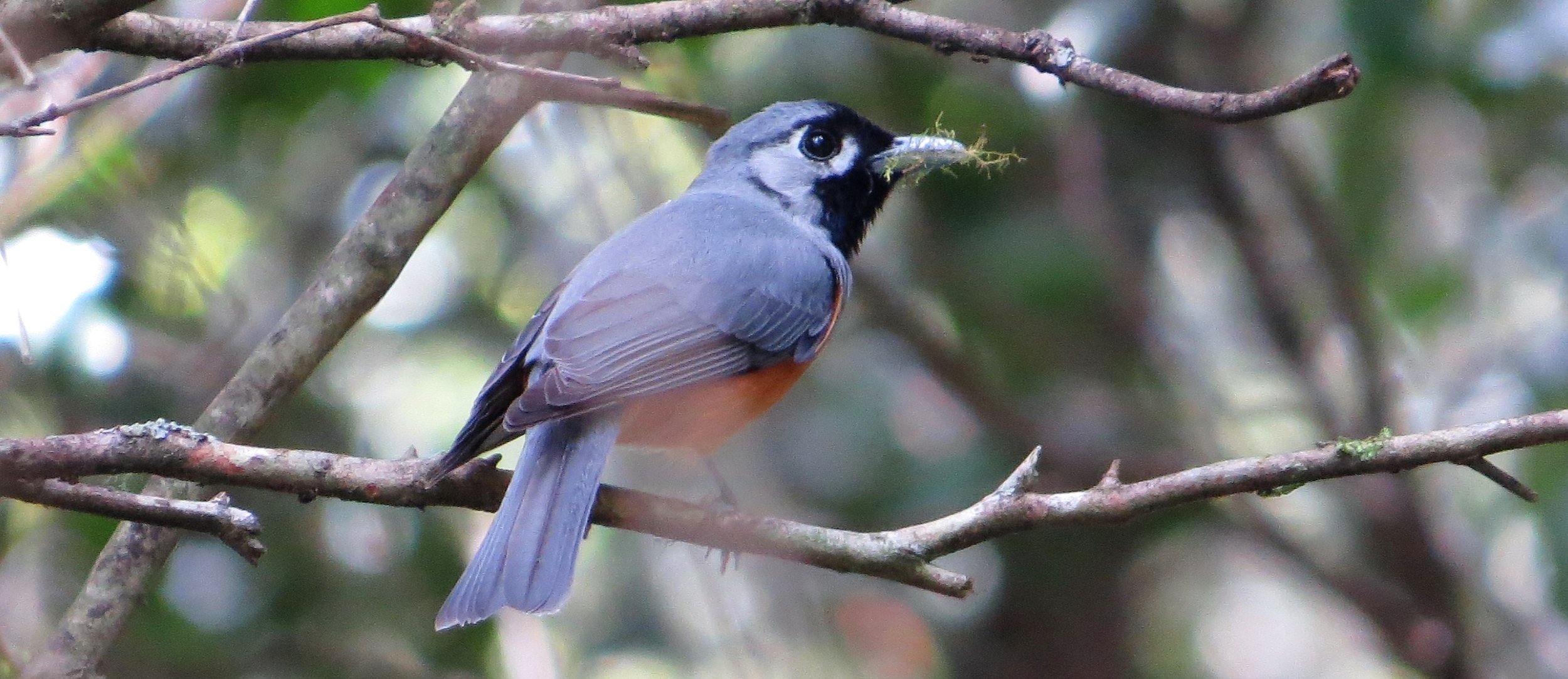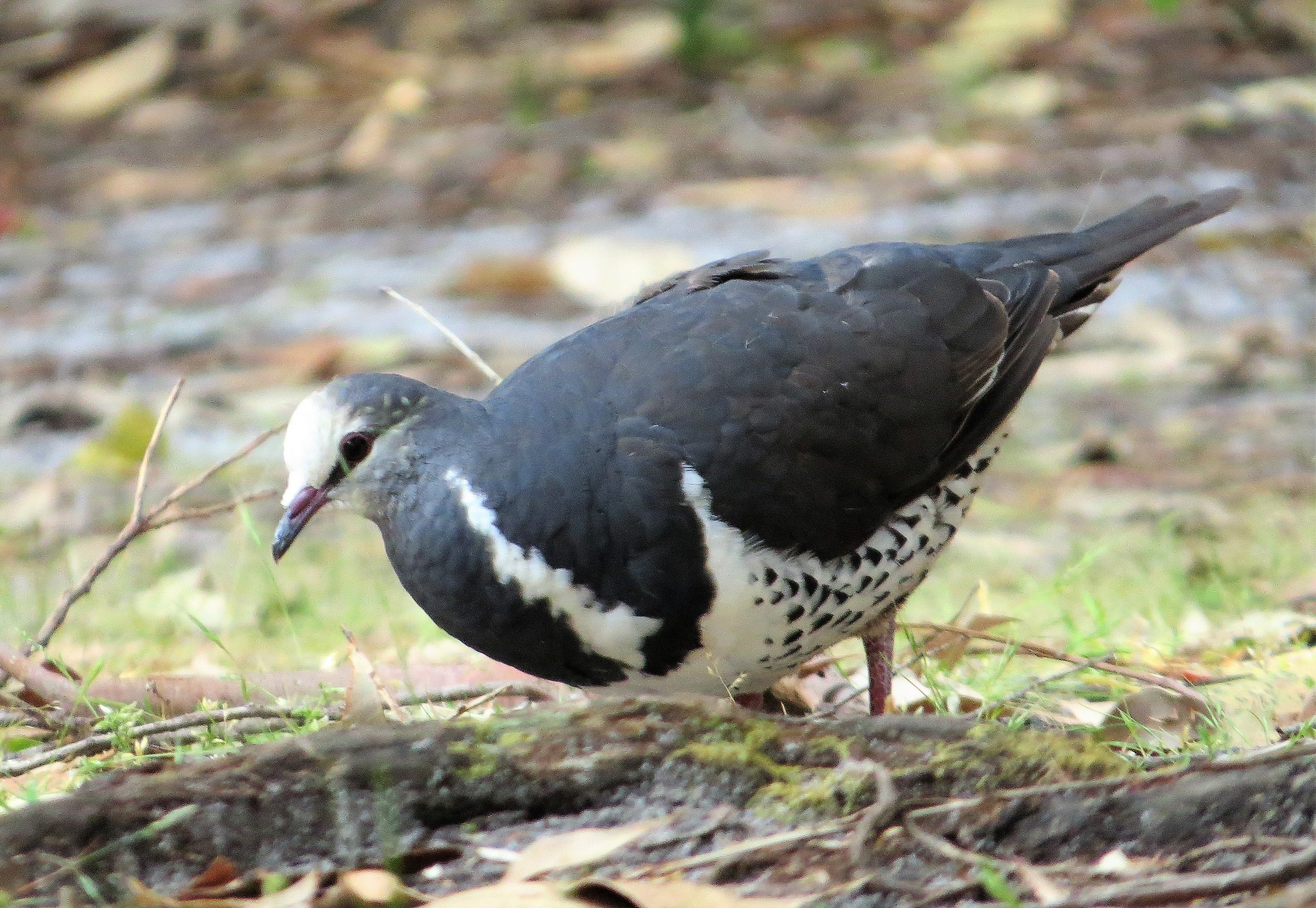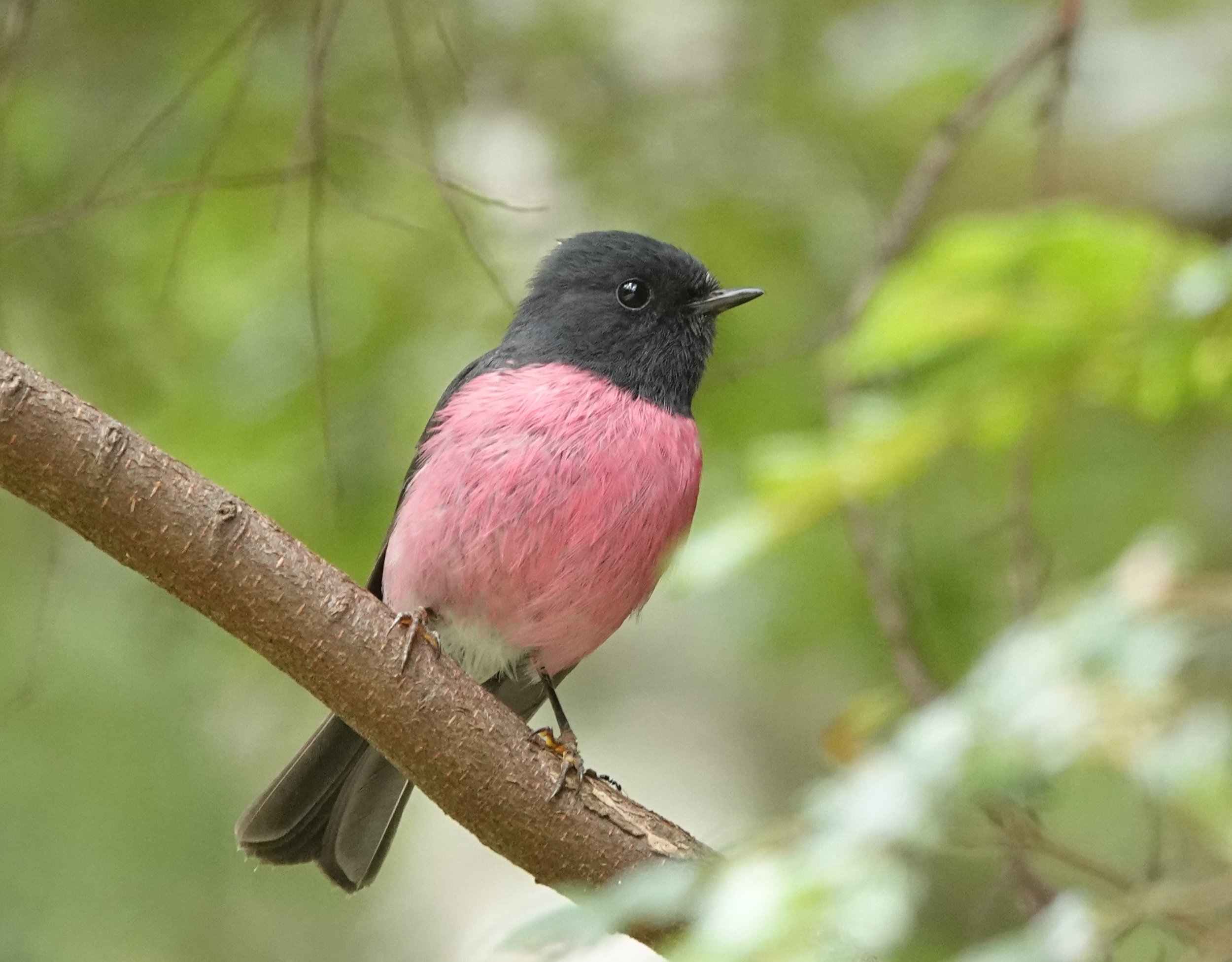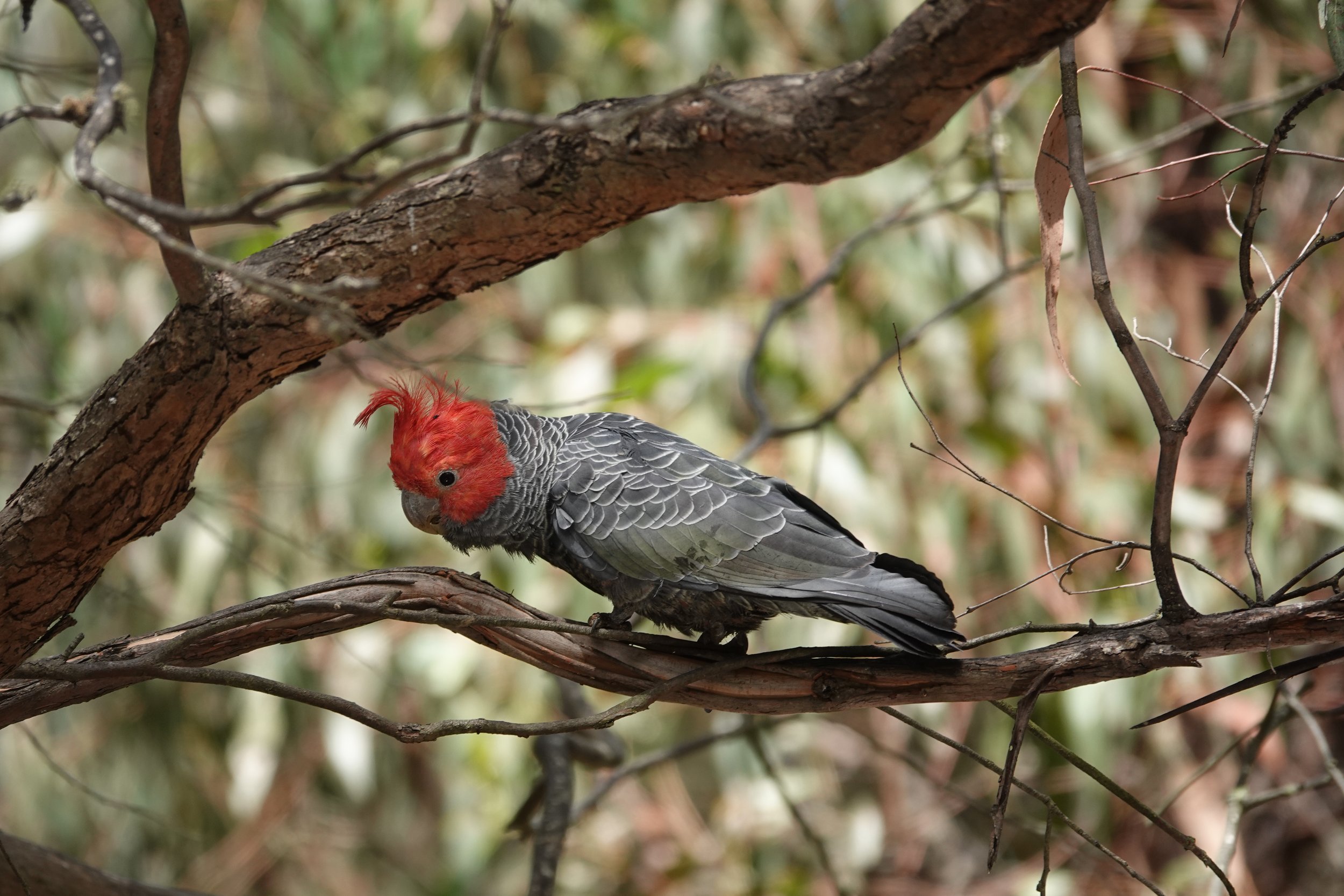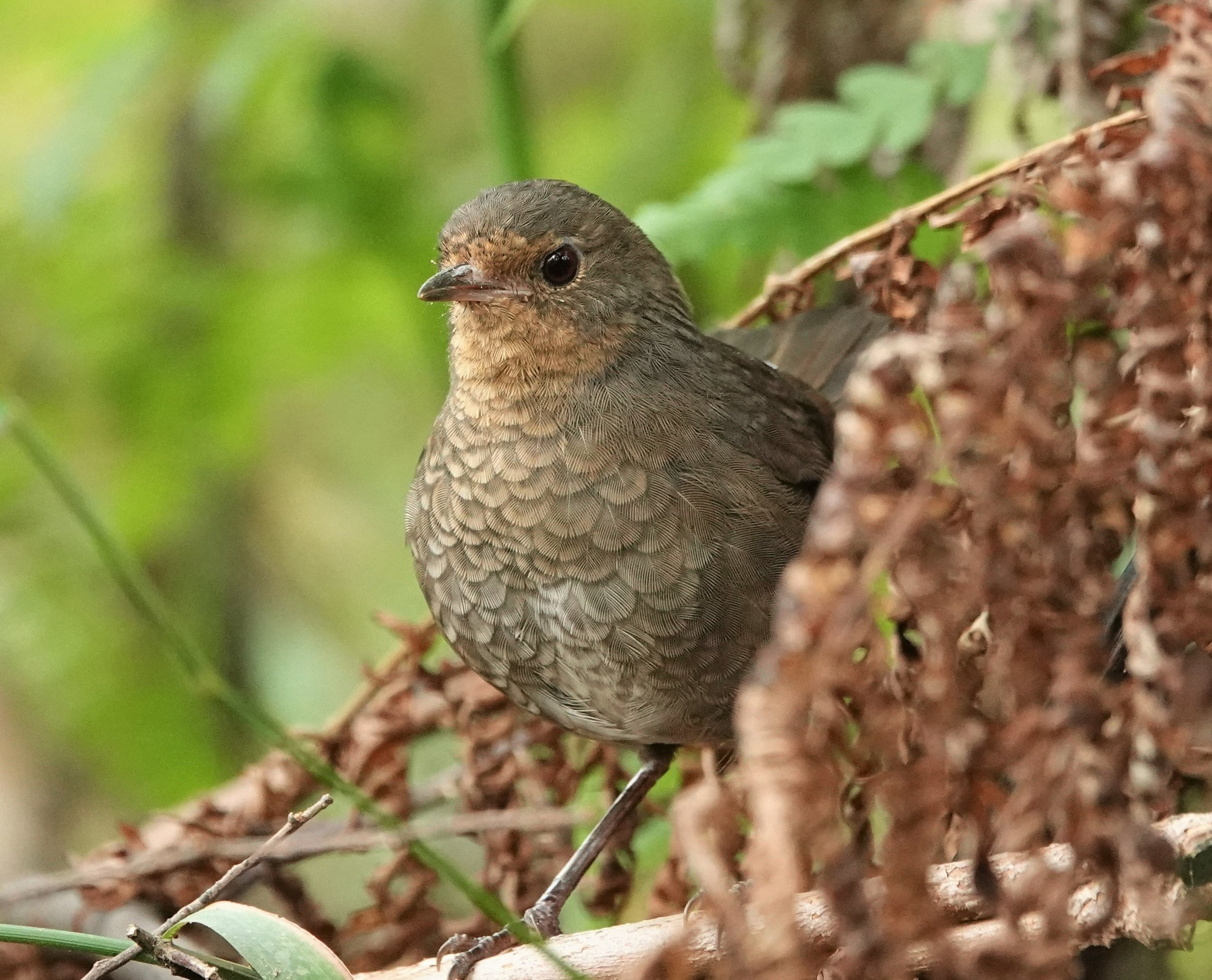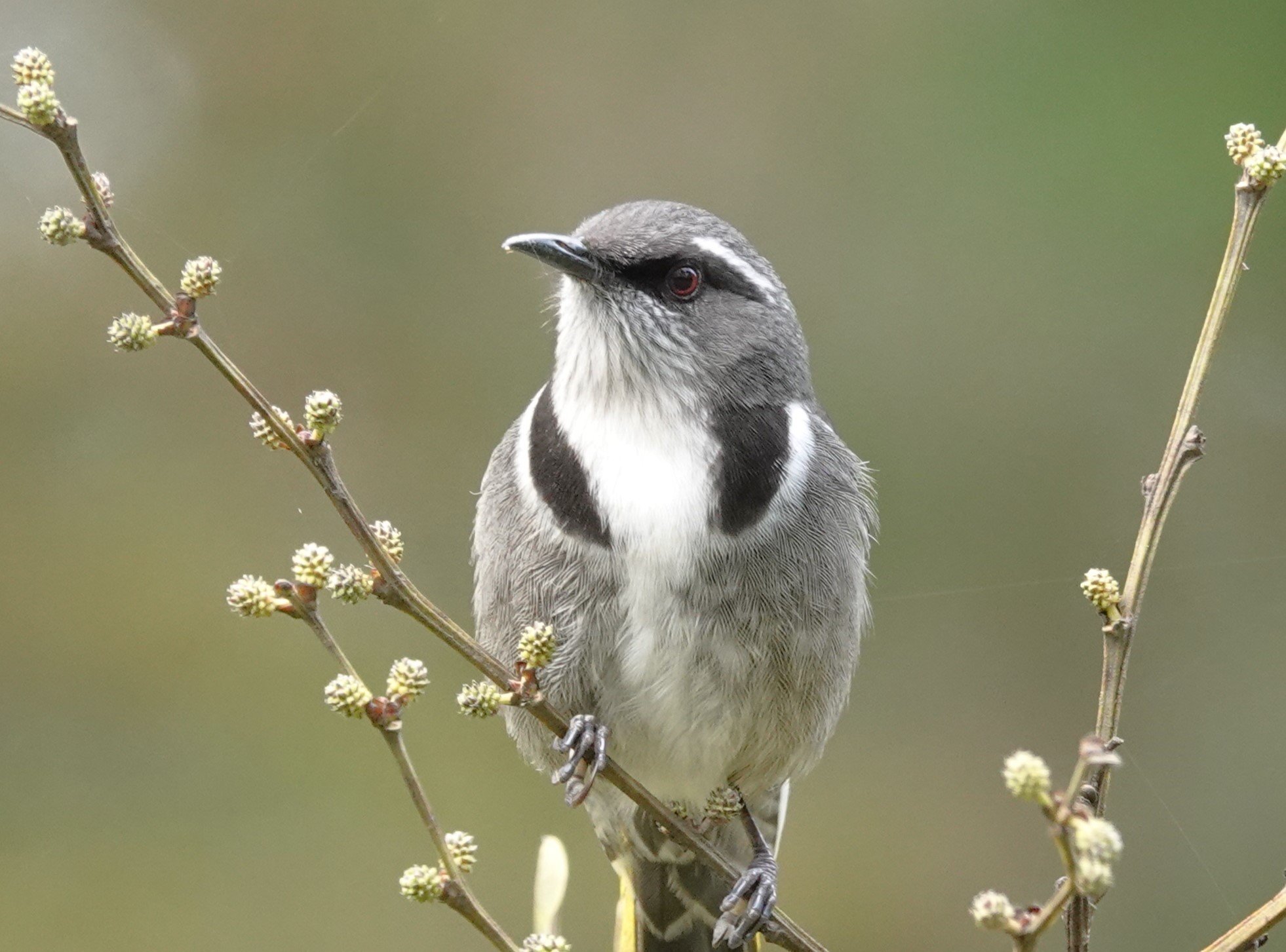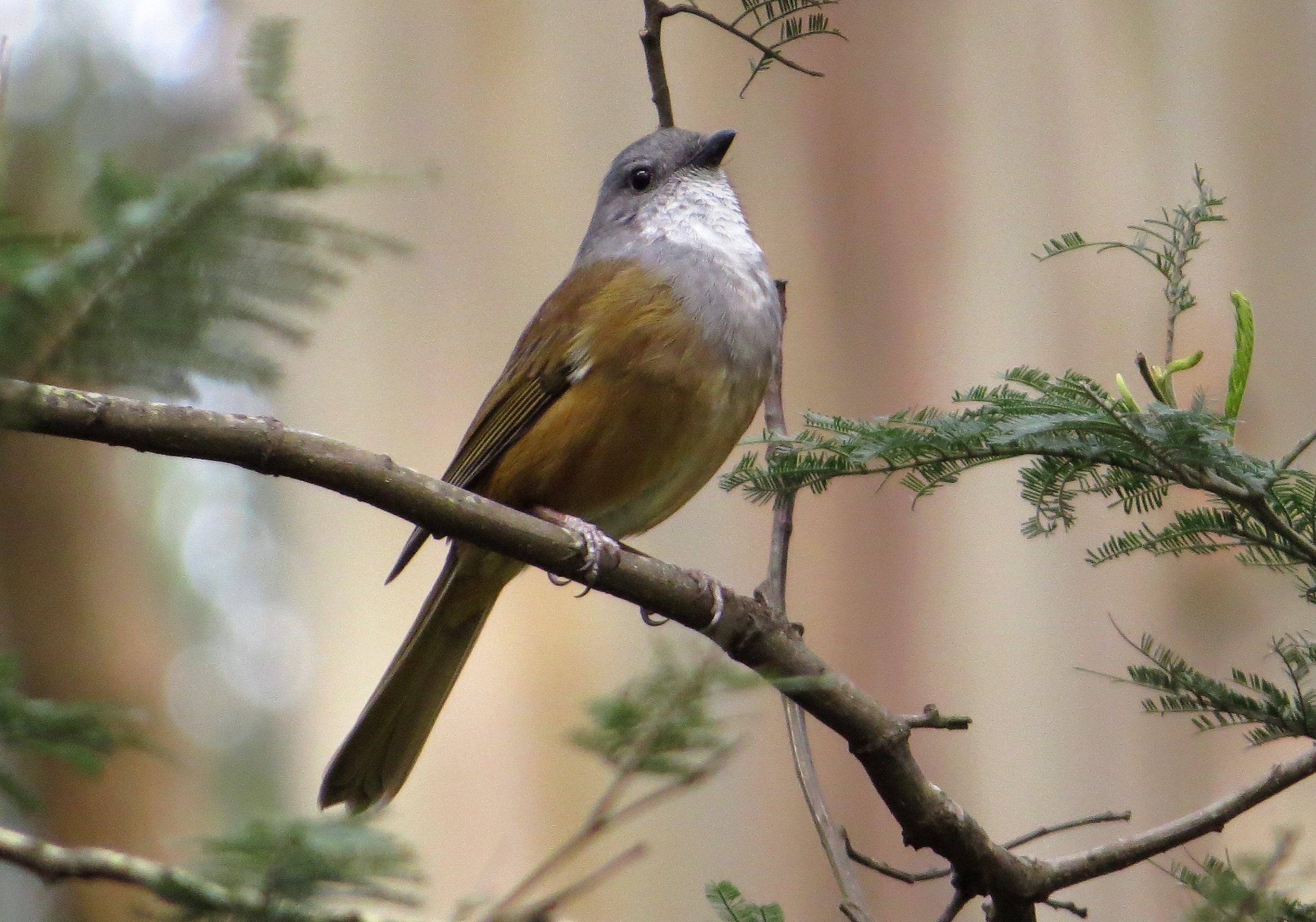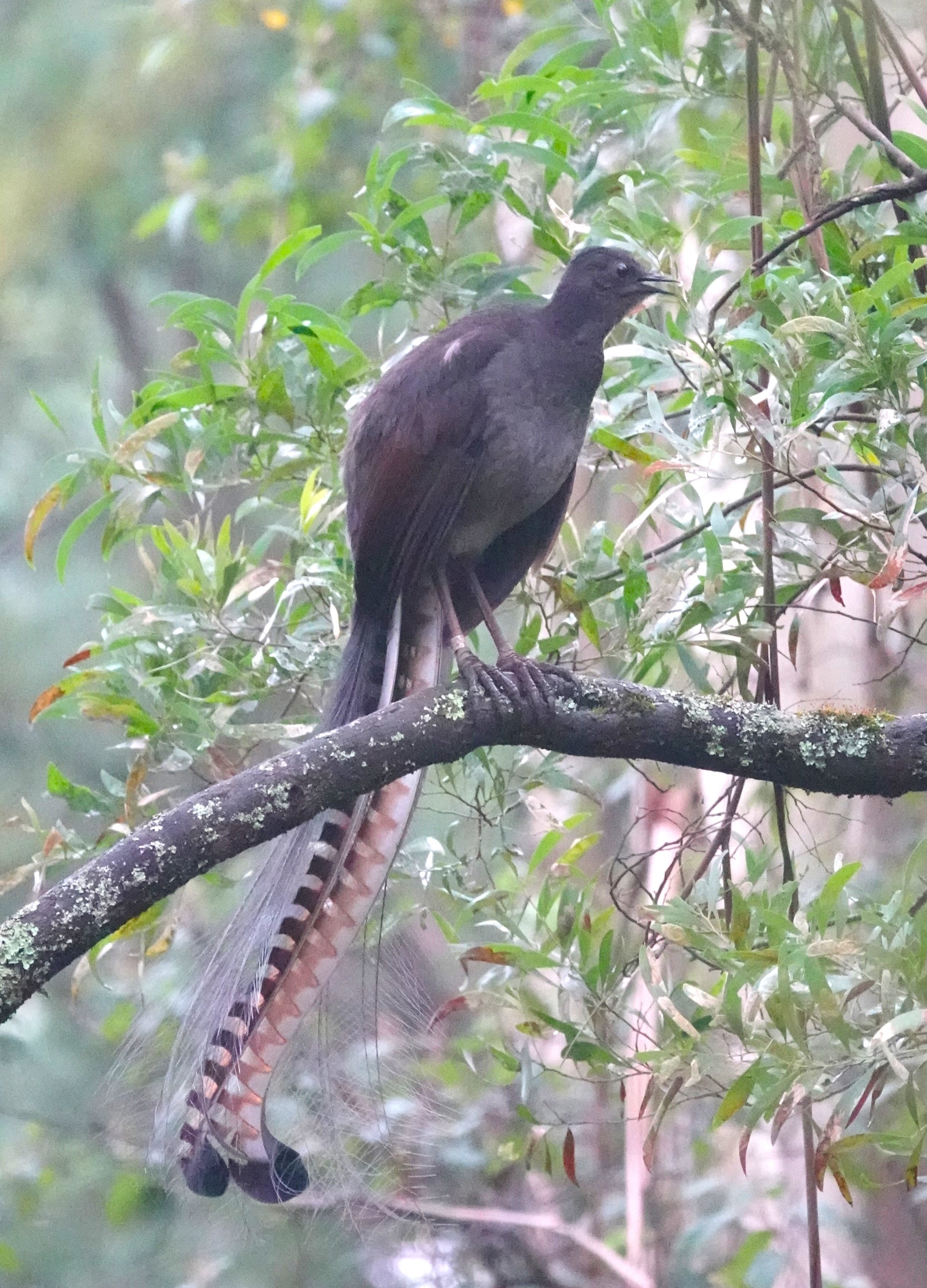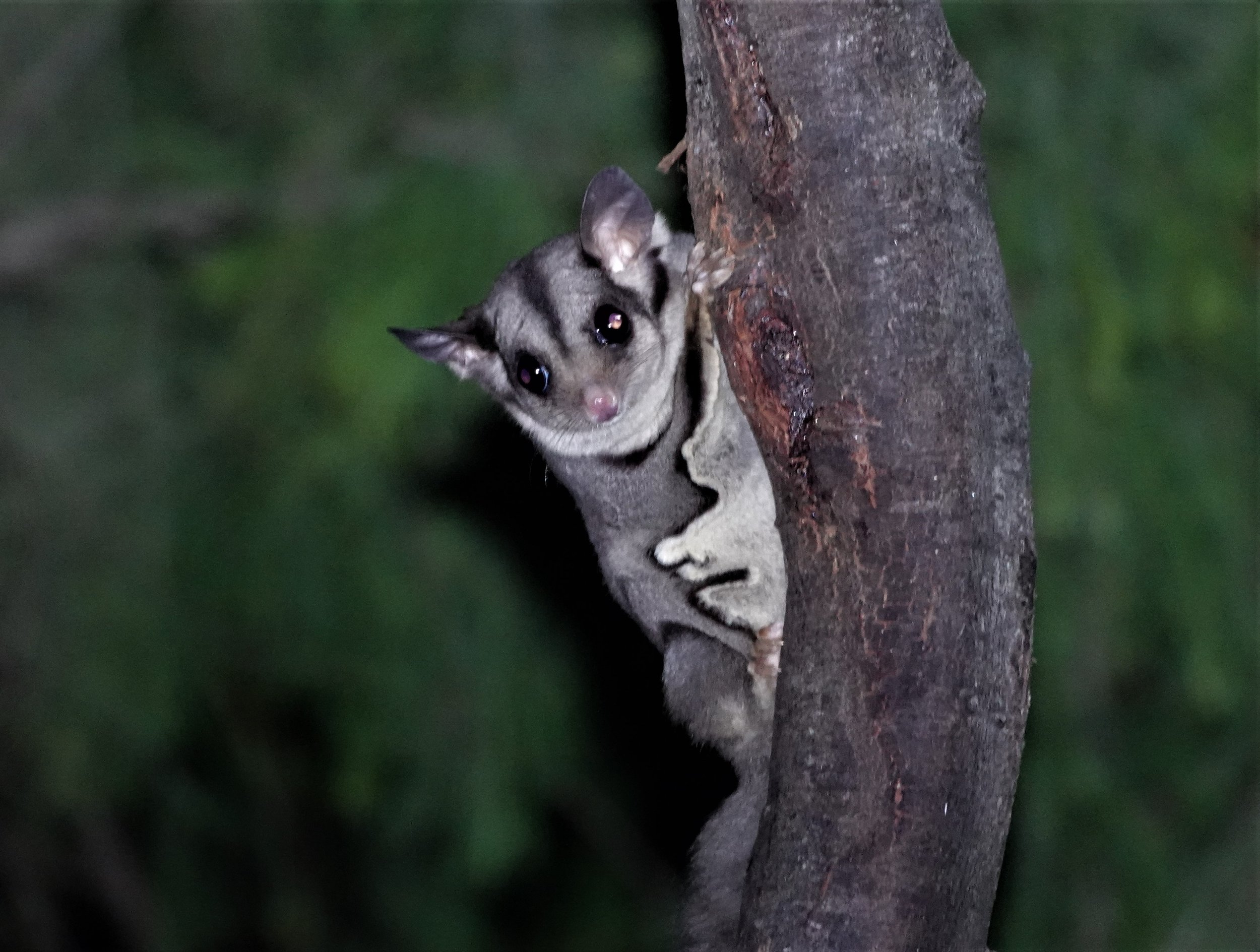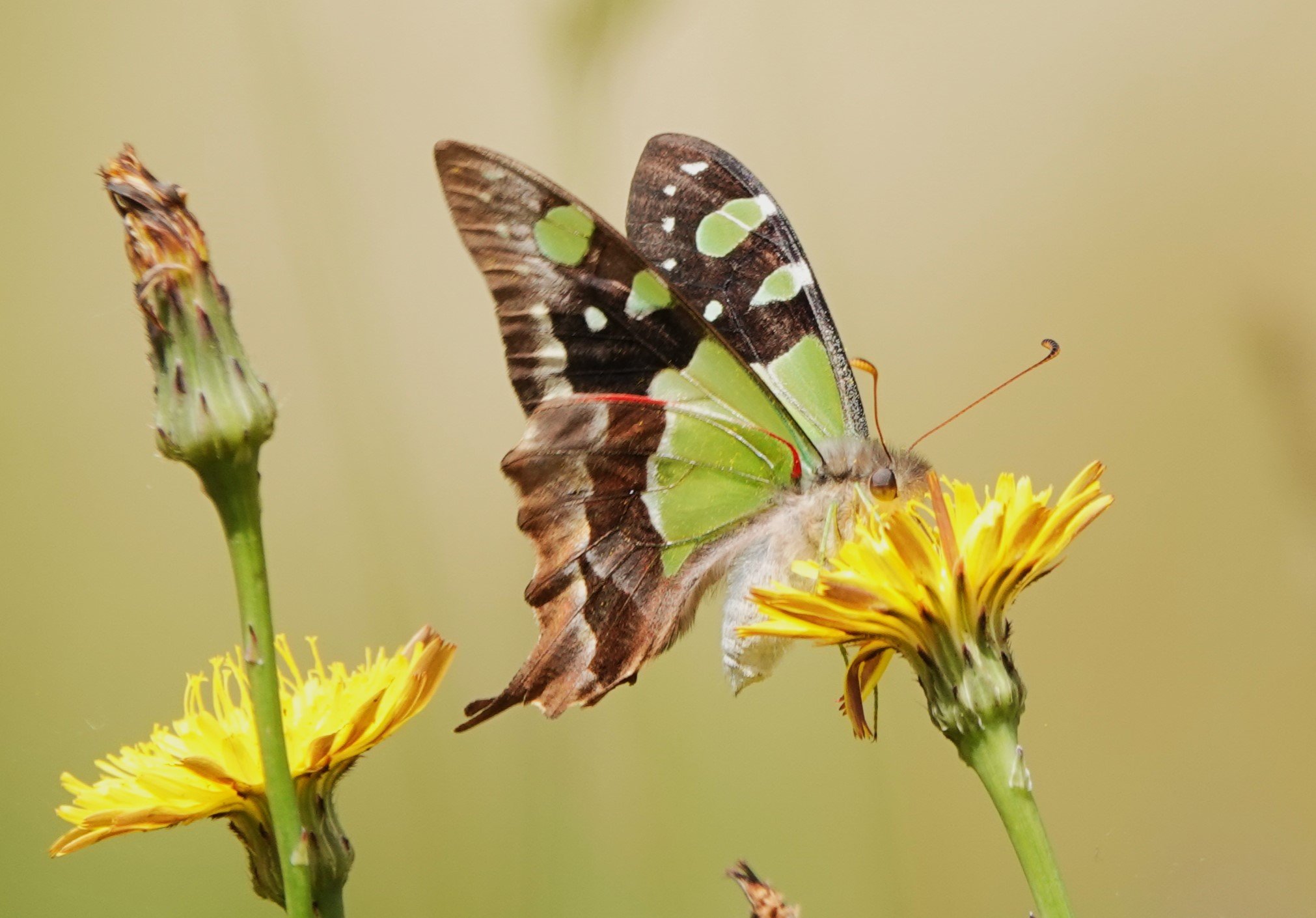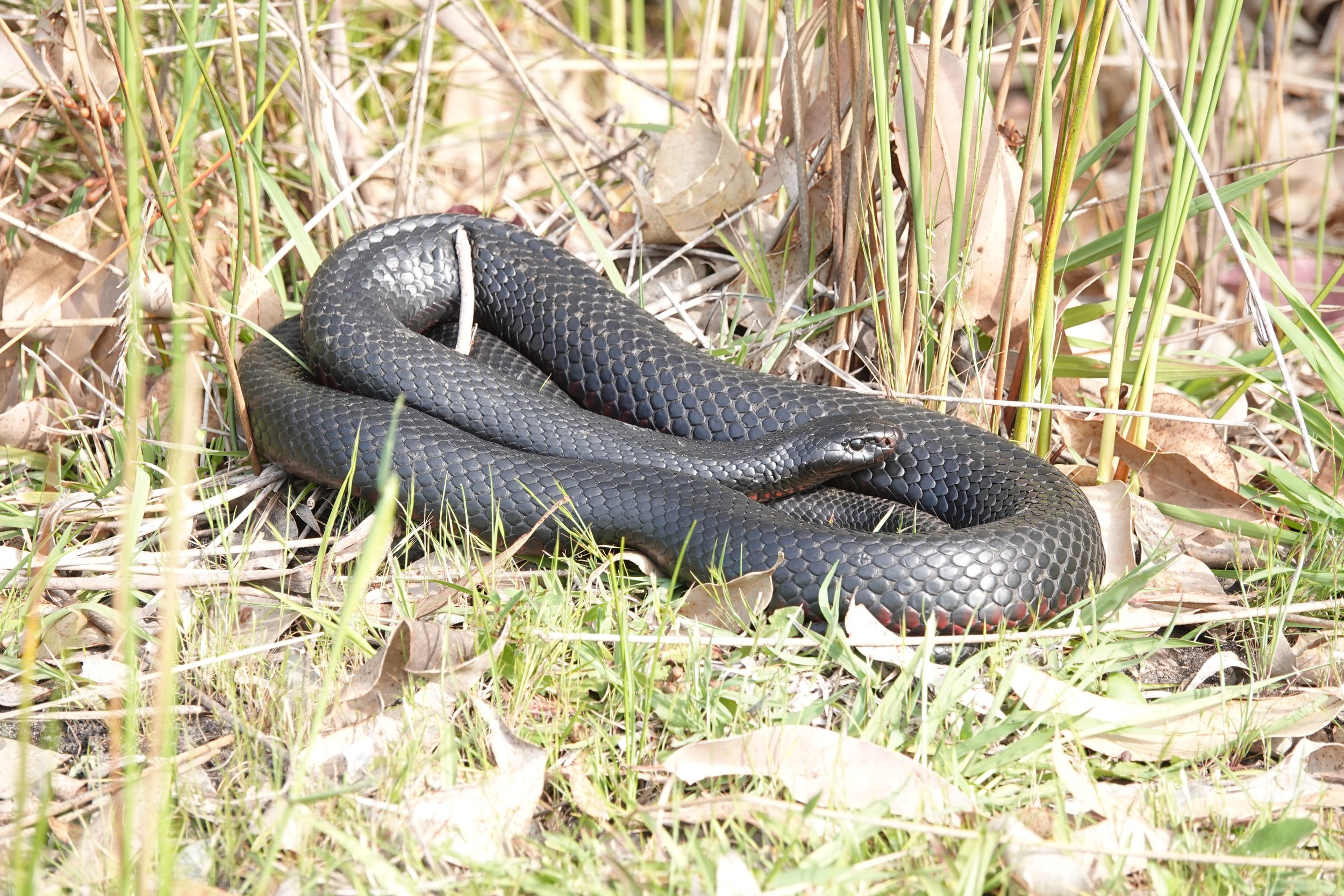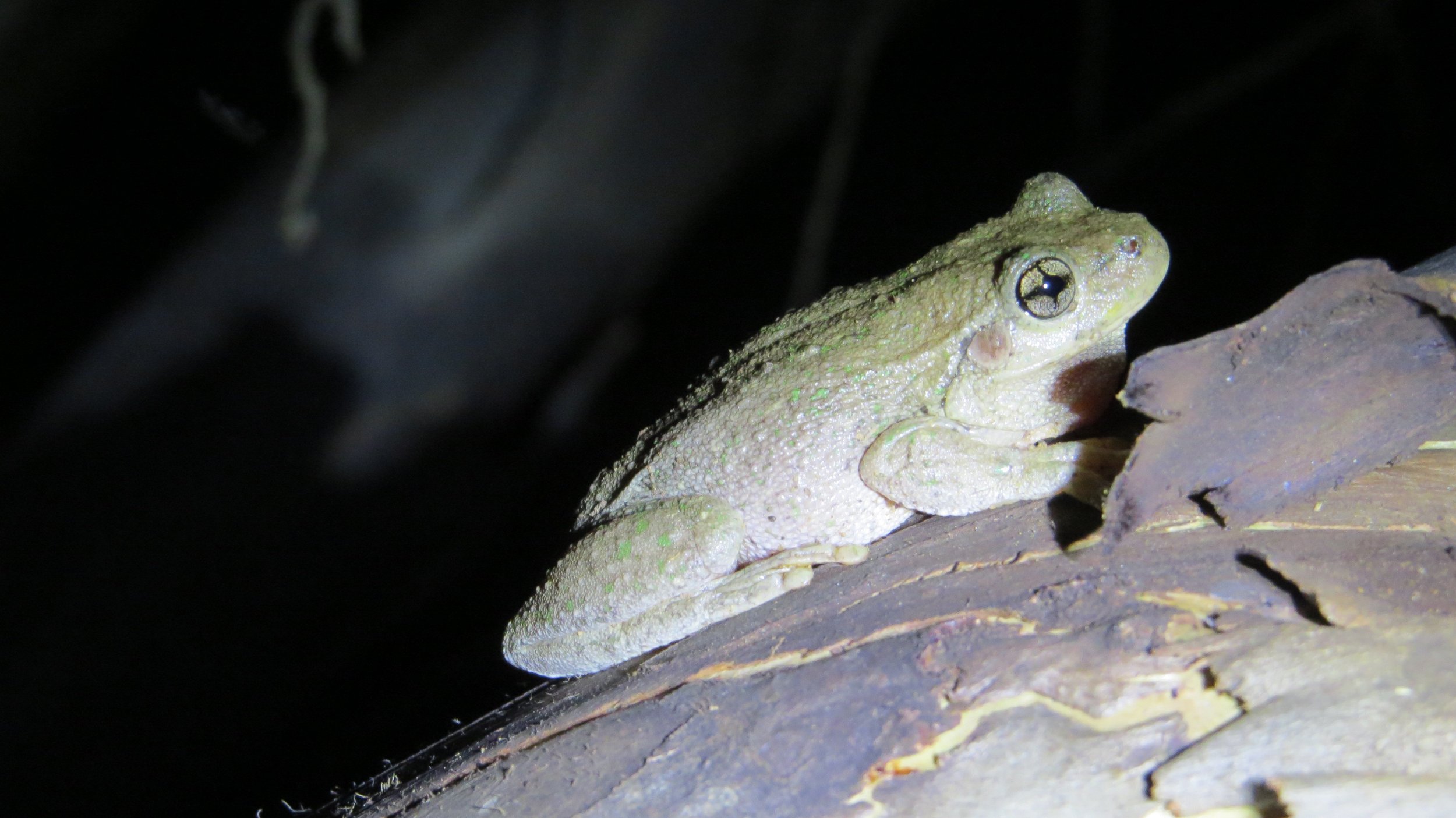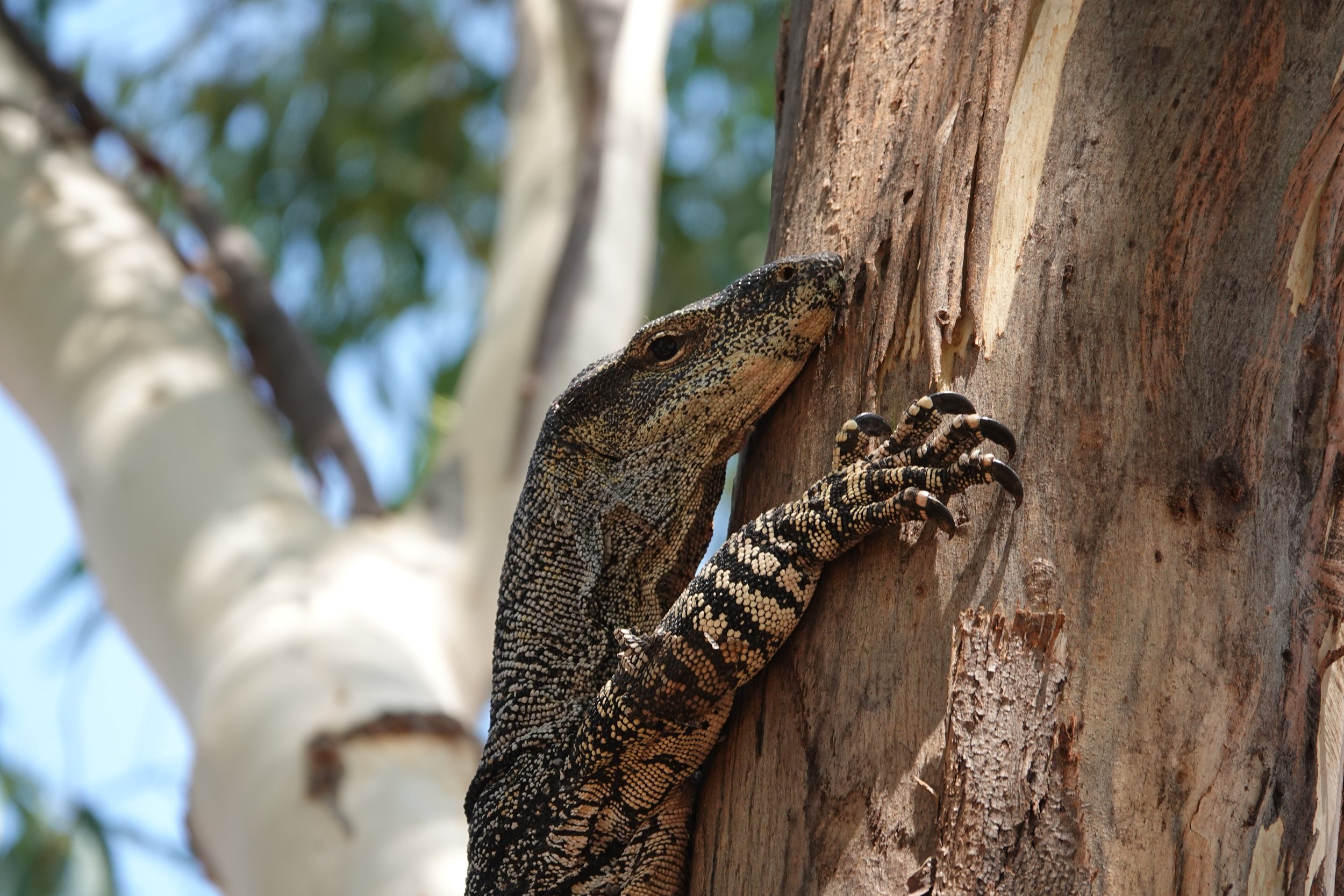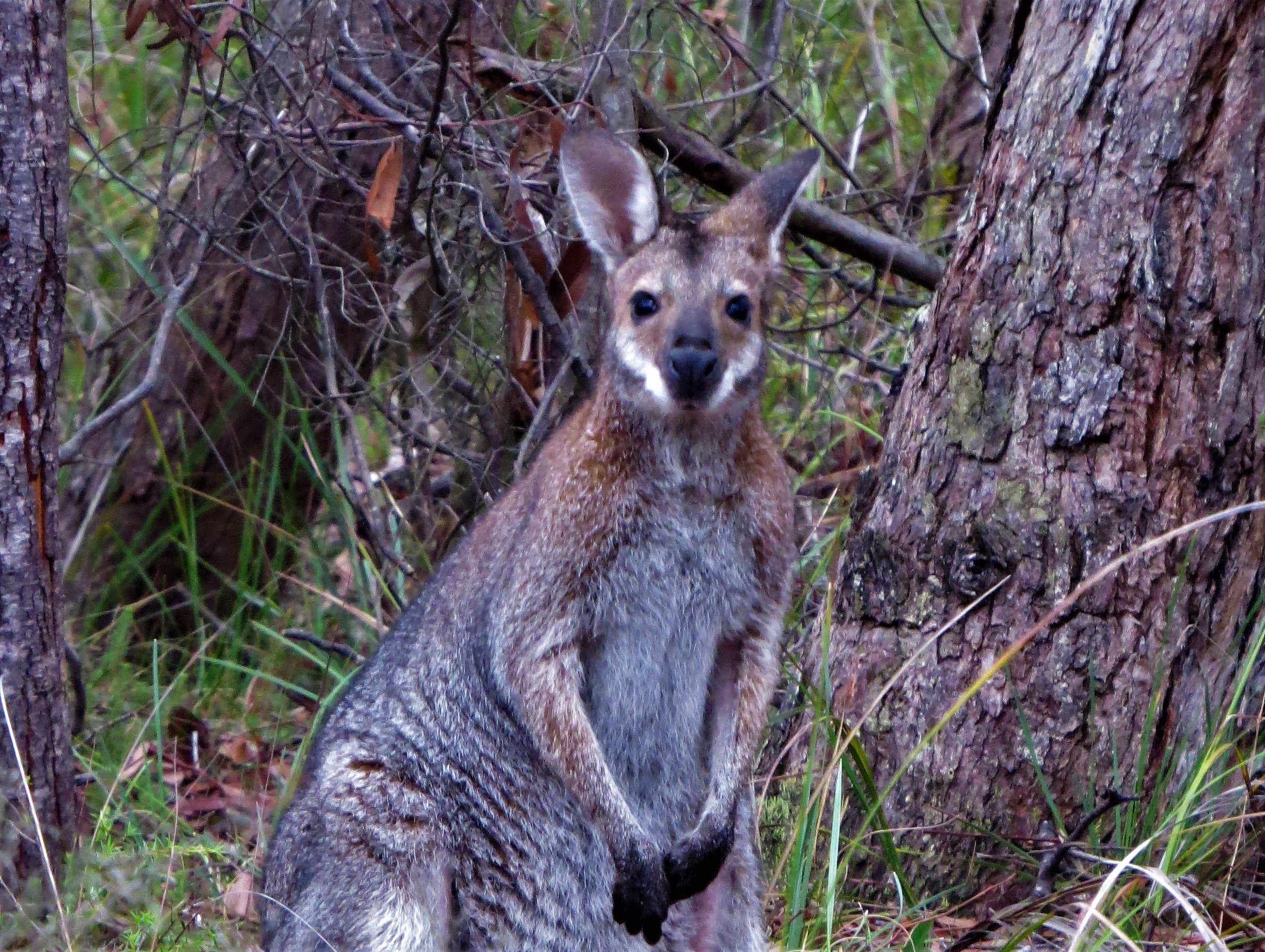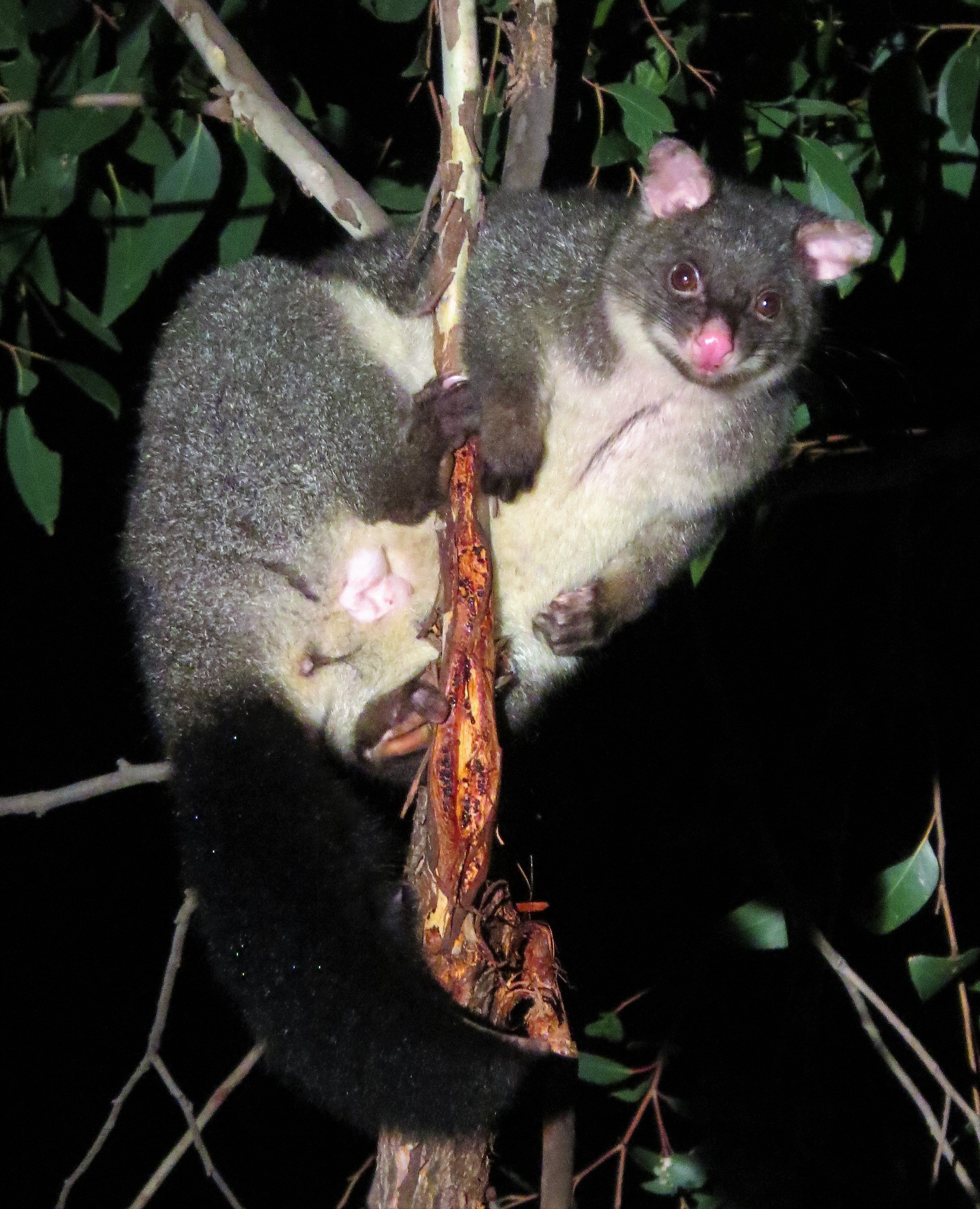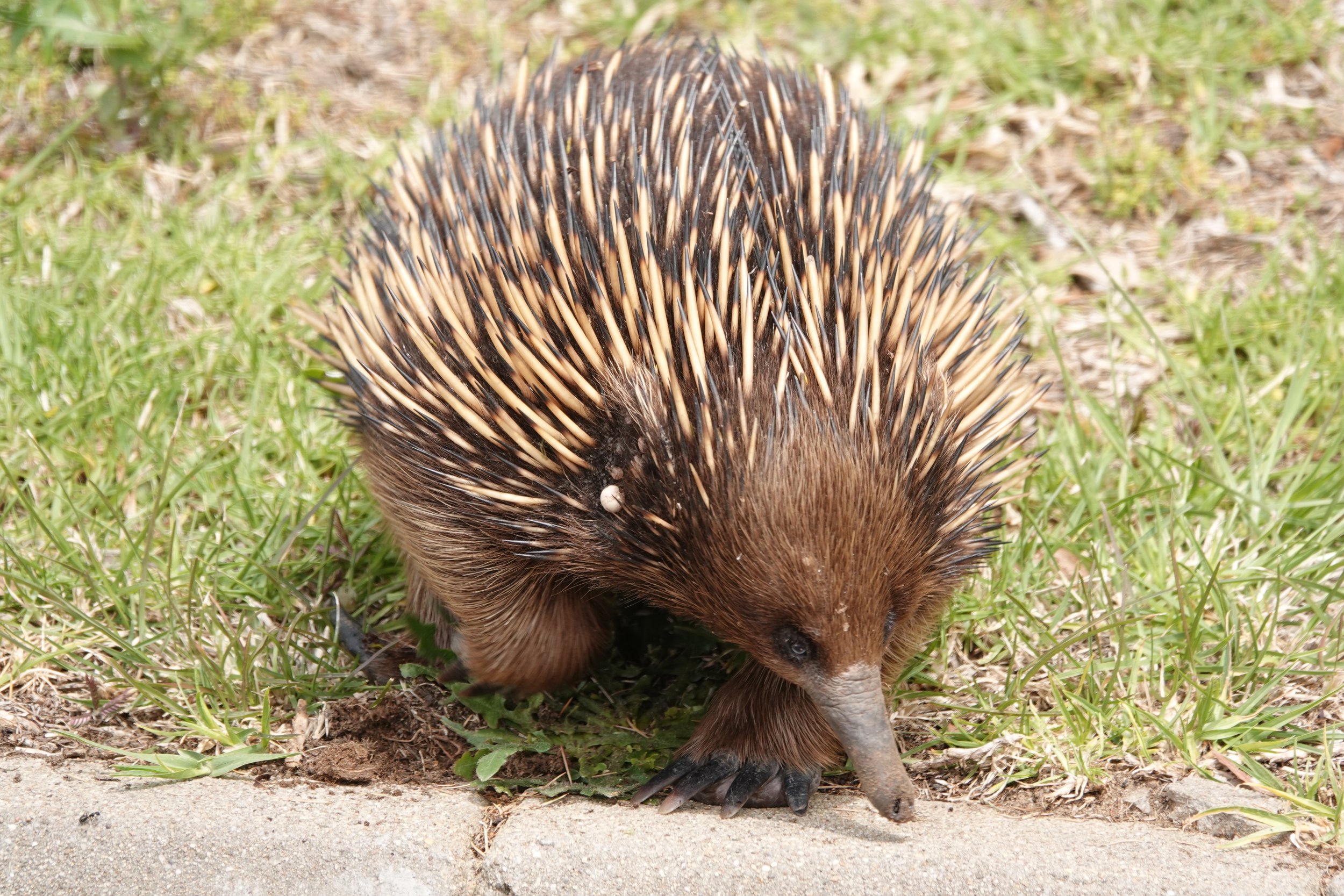Running each February, this 7 day tour explores many of the top wildlife sites in West, South and East Gippsland, including Mountain Ash forest, cool temperate rainforests of Myrtle Beech, eucalypt forests, warm temperate rainforests, coastal heathland communities, banksia woodlands, rocky coastlines and tidal areas. Whilst the main focus is on the birdlife, the abundance of other flora and fauna will also be explored. There will be a number of nights where spotlighting for nocturnal wildlife will be included
5th TO 11th FEBRUARY 2026 - $4,530-00 per person ($4,110-00 per person in shared room) tour starts and finishes in Melbourne , min 3 max 7 participants - expressions of interest welcome
Greater Sooty Owl - a target bird on this tour
This tour will traverse a wide range of landscapes in the summer season when the birdlife is at its peak. Exploring the cool wet mountain forests we will be searching for local specialities including Superb Lyrebird, Pilotbird, Crescent Honeyeater, Olive Whistler, Satin Flycatcher and Pink Robin. Lower altitude forests of the slopes and gullies hold a wide range of birds best found in the Eastern part of Victoria including Wonga Pigeon, Cicadabird, Spotted Quail-thrush, Rose Robin, Brown Gerygone, Lewin’s Honeyeater, Satin Bowerbird, Scarlet Honeyeater, Large-billed Scrubwren, Red-browed Treecreeper, Black-faced Monarch, Gang Gang Cockatoo, Turquoise Parrot, Glossy Black Cockatoo, King Parrot and lots lots more.
Coastal environments are rich and varied with a wide range of shorebirds, terns and seabirds possible. Visits to high tide roosts, and coastal headlands offer plenty of exciting possibilities
Heathlands and banksia woodlands support populations of Southern Emu-wren, Beautiful Firetail, Ground Parrot(rare) and Tawny-crowned Honeyeater amongst other species
Gippsland is also a region where a range of birds from further up the east coast are becoming more and more frequent in recent years. Species such as Wedge-tailed Shearwater, Top-knot Pigeon, White-headed Pigeon, Figbird, Eastern Reef Egret, Pacific Koel and Channel-billed Cuckoo are all becoming established in eastern Victoria.
Spotlighting activities will focus on searching for White-throated Nightjar, Greater Sooty Owl and Masked Owl, whilst a variety of other more widespread nocturnal birds are often found
And as we travel the many bush tracks this region has to offer, a wide range of other wildlife is sure to be encountered. Sightings are likely to include Lace Monitors, Echidnas, Red-necked Wallaby, Mountain Brushtail, Krefft’s Glider, Yellow-bellied Glider, Macleay’s Swallowtails, Red-bellied Black Snake and Common Wombat for example. A plethora of other rarer animals find their home in Gippsland and recent tours have on occasion located Long-nosed Bandicoot, Long-footed Potoroo, Leadbeaters Possum, Feathertail Glider and more. The possibilities are almost endless, which is what makes this region so exciting to explore. I hope you can join me.
